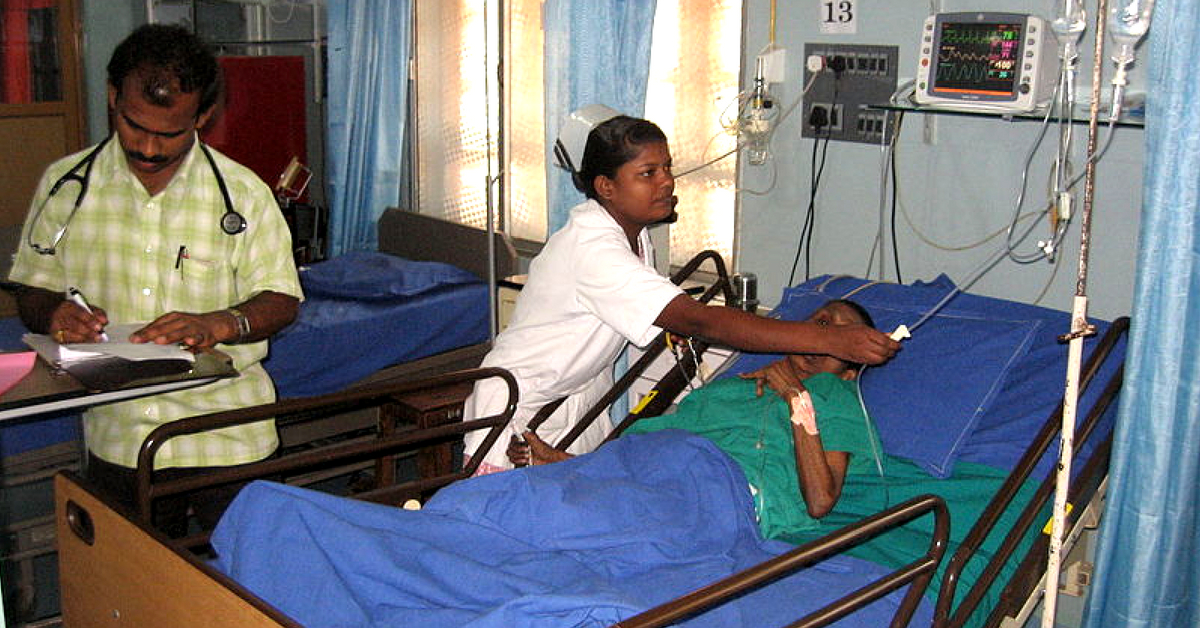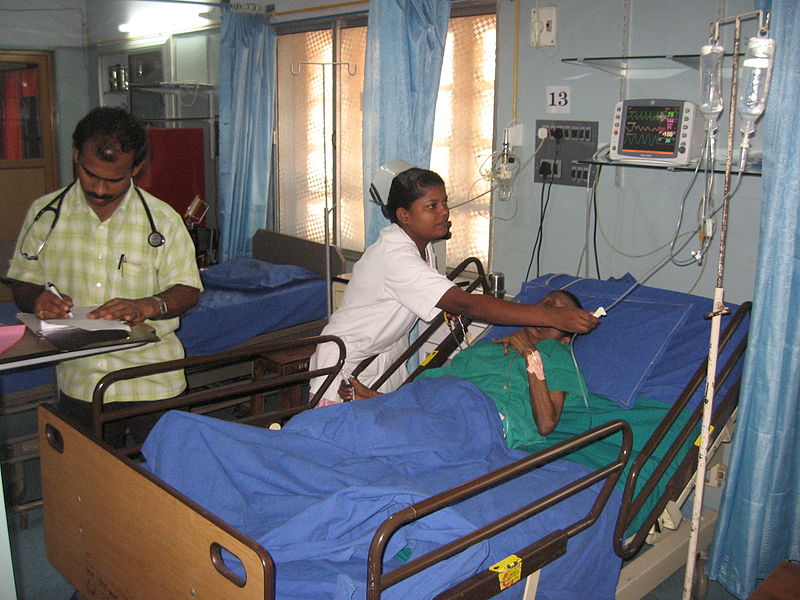Rare Nipah Virus Kills 11 in Kerala: All You Need to Know About This Deadly Fever
Although there is no discovered vaccine for either humans or animals, the primary treatment for human cases is intensive supportive care.

The Nipah Virus outbreak in Kerala has resulted in a death toll of 11, while 25 more infected people, who are reportedly in critical condition, are being treated across various hospitals in the state.
The severity of the infection caused by the virus and further scare surrounding it has led the Centre to direct the National Centre for Disease Control or NCDC to deploy a medical team to Kozhikode district that will assist the state government not just to take precautionary measures but also keep the outbreak under check.
So what exactly is the Nipah Virus?
According to the World Health Organisation, the Nipah virus (NiV) infection is a newly emerging zoonosis, which in humans has a range of clinical presentations, from asymptomatic infection to acute respiratory syndrome and fatal encephalitis. Zoonosis is a disease, which can be transmitted to humans from animals.
Although there is no discovered vaccine for either humans or animals, the primary treatment for human cases is intensive supportive care. While pigs were identified by WHO as the primary intermediate host of the virus, fruit bats can also carry the virus.
Here’s everything you need to know about Nipah Virus and the precautionary measures that you should take:

1. According to doctors currently working on the cases, airborne transmission of the virus is not possible, and contamination has only been observed in those in physical contact with the infected individuals.
2. The symptoms of Nipah Virus infection initially are non-specific and asymptomatic in some people, in others it can present as fever, headache, muscle pain, abdominal pain, nausea, fainting, vomiting and as Respiratory illness. The disease can rapidly progress to coma within 24 to 48 hours in case of encephalitis. Long term after effects like persistent convulsions and personality changes can also occur.
3. Anyone showcasing these symptoms must immediately seek medical attention and should preferably be hospitalised, as the proliferation of the disease is being deemed as ‘fast and fatal’. Strict infection control practices and proper barrier precaution can help to cut back on disease spread.
4. The disease is believed to be spread through body fluids, so direct contact with infected people should be avoided, and in case that is not possible, people should wear masks and wash their hands with soap or disinfectant, thoroughly. Also, do not share utensils, clothes, restrooms used by an infected person. Health care providers who treat infected persons should wear protective gear- gowns and face masks.
5. Do not consume any fruit that has been bitten by a bird. It could have been eaten by infected bats or their faeces, which are possibly the carriers of the infection in the current scenario. Also, avoid the toddy collected from areas that have a bat population in high numbers.
6. While special medical camps have already been deployed in Perambra region, where maximum infected individuals have been discovered at present, the state health ministry has opened a control room in Kozhikode along with a 24-hour helpline (0495 2376063) to tackle the health crisis in the region.
(Edited by Gayatri Mishra)
Like this story? Or have something to share?
Write to us: [email protected]
Connect with us on Facebook and Twitter.
NEW: Click here to get positive news on WhatsApp!
If you found our stories insightful, informative, or even just enjoyable, we invite you to consider making a voluntary payment to support the work we do at The Better India. Your contribution helps us continue producing quality content that educates, inspires, and drives positive change.
Choose one of the payment options below for your contribution-
By paying for the stories you value, you directly contribute to sustaining our efforts focused on making a difference in the world. Together, let’s ensure that impactful stories continue to be told and shared, enriching lives and communities alike.
Thank you for your support. Here are some frequently asked questions you might find helpful to know why you are contributing?


This story made me
- 97
- 121
- 89
- 167











